Cute Animals on the Snow-Covered Plateau (III)
Blue sheep
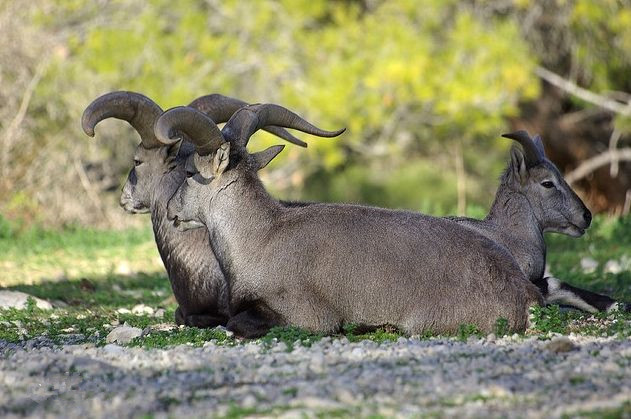
Blue sheep [Photo/Baidu]
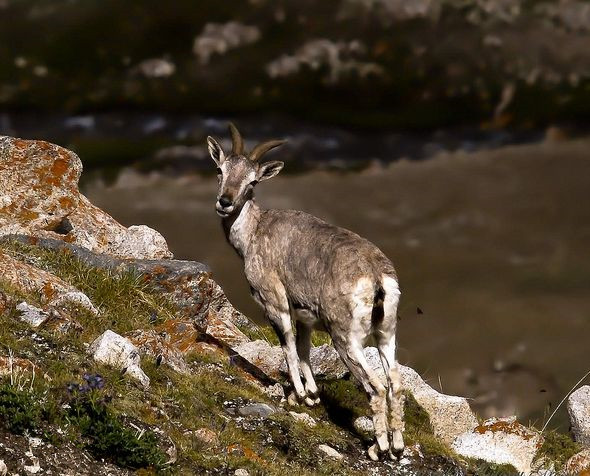
Blue sheep [Photo/Baidu]
Blue sheep have medium figures. Male blue sheep are larger than females ones, and both male and female blue sheep have horns. They are distributed mainly in Qinghai-Tibet Plateau, west Sichuan and north Yunnan in China. Blue sheep inhabit in mountain lands which are 2,500 to 5,000 meters above the sea level. They are active in evenings. Since the color of their hairs is similar to that of rock, it is hard to spot them.
Brown bear
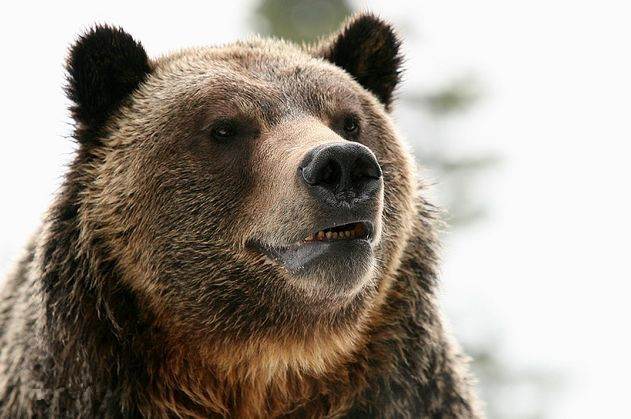
Brown bear [Photo/Baidu]
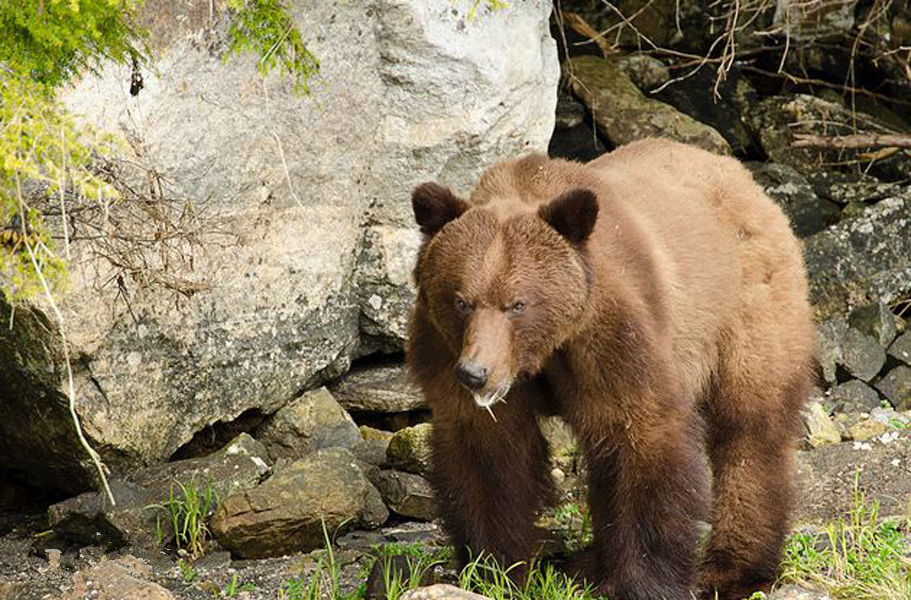
Brown bear [Photo/Baidu]
Brown bears have large and round heads and ridged shoulders. They are physically strong. They mainly inhabit in taigas in cold temperate zones and are active in the daytime. They walk slowly. They don’t have fixed habitats and often act alone. Tibet is also the home of birds.
Vulture

Vulture [Photo/Baidu]

Vulture [Photo/Baidu]
Vultures are a kind of large raptor which feed on carrion. They are distributed in almost all places around the world, except for Antarctica and islands in the sea.
Black-necked crane
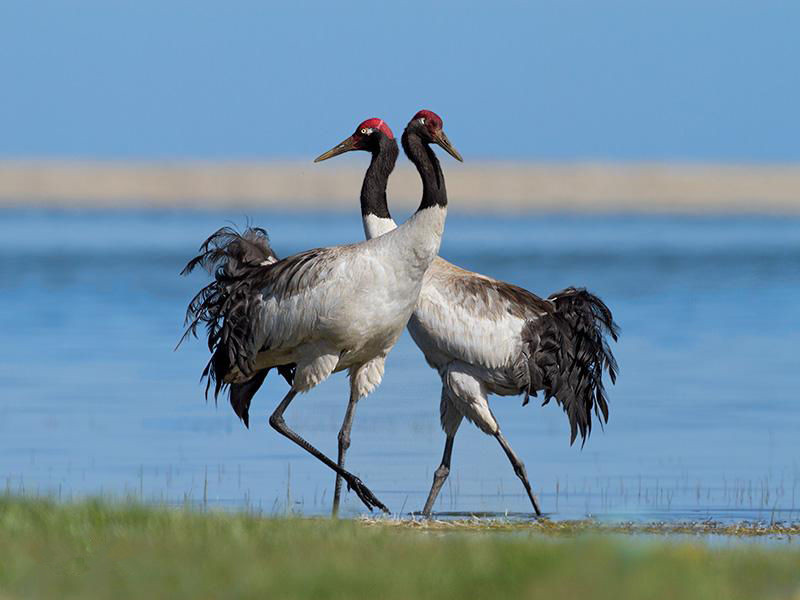
Black-necked crane [Photo/Baidu]
Black-necked cranes are just like dancers who wear black scarves in the plateau.
Tetraogallus

Tetraogallus [Photo/Baidu]

Tetraogallus [Photo/Baidu]
Birds which belong to Tetraogallus, Phasianidae, Galliformes are collectively called Tetraogallus. They are similar to quails in terms of appearance, but are much larger in size.
Goshawk

Goshawk [Photo/Baidu]

Goshawk [Photo/Baidu]
Goshawks have been favored by humans for their superb viability and unyielding spirit.
Bar-headed goose

Bar-headed goose [Photo/Baidu]
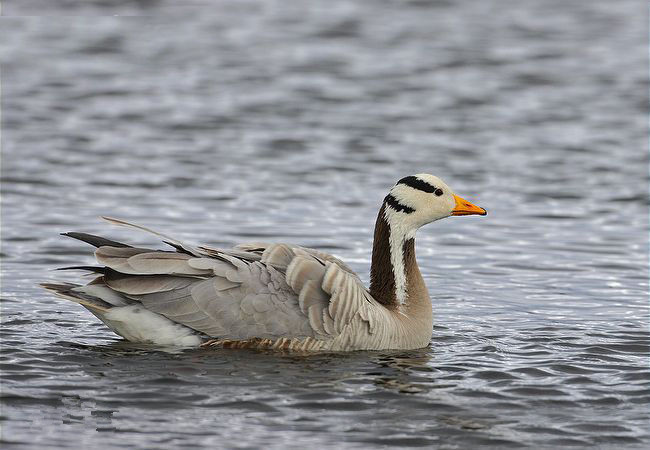
Bar-headed goose [Photo/Baidu]
Bar-headed gooses are migratory birds which are often seen in the Qinghai-Tibet Plateau. The population of bar-headed gooses is large, especially in the bird island in Qinghai Lake.
Tibetan partridge

Tibetan partridge [Photo/Baidu]
Comparing to other partridges, Tibetan partridges are less influenced by humans and therefore still inhabit in large numbers in some places in plateaus like Tibet.
Your Comment
Name E-mailRelated News
-
;
-
-

-
Cute animals on the snow-covered plateau (I)
Tibetan antelopes are regarded as “the pride of Hoh Xil”.
-
-
-
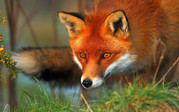
-
Cute animals on the snow-covered plateau (II)
Red foxes have slender figures, pointed mouths, large ears and fluffy hairs on their tails.
-
-
-
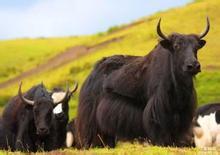
-
5 jailed for killing protected animals in NW China
Five people have been given prison terms ranging from 10 to 15 years for killing protected animals in northwest China's Qinghai Province.
-
Based in Lhasa, Tibet Vista is a Tibet travel agency that specialized in Tibet permit, and Tibet tours for both private and group travelers at a local price!
•4 Days Lhasa City Group Tour from USD 460 •8 Days Everest Base Camp Group Tour from USD 850 •15 Days Mt.Kailash Group Tour from USD 1780 •2016 Tibet Train Tours from Beijing, Shanghai, Chengdu, Xining,etc










